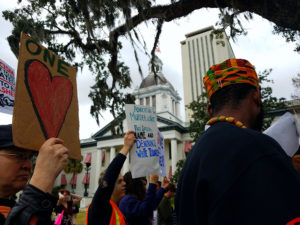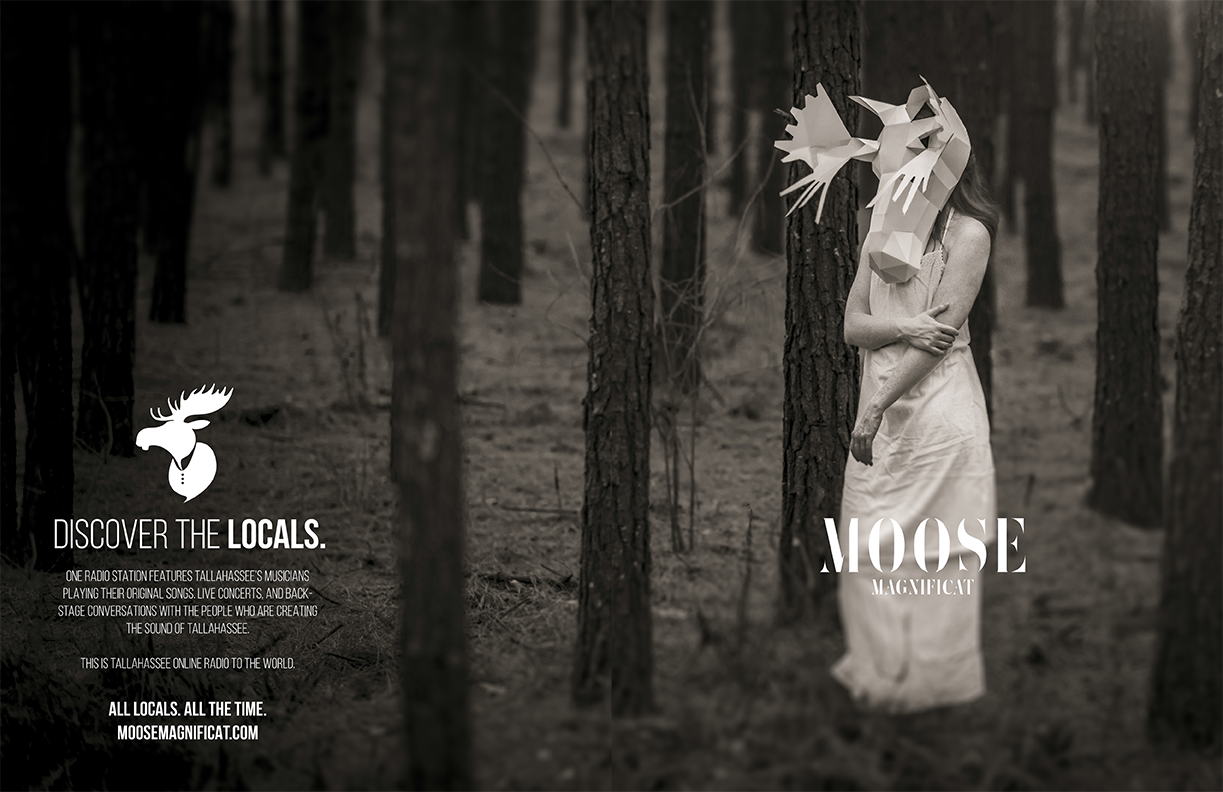By Ursula Perano
The term “adoption” is often met with the same series of remarks: it’s expensive, it’s selective, it’s timely, etc. However, what most individuals fail to realize about these impressions of adoption is that they are all tied to private adoptions— those carried out by private agencies that require tremendous service fees and have long, strenuous selection and placement processes.
Families often go to these agencies due to the fact that they almost exclusively facilitate adoptions of newborn infants. Of babies who have no impressions of the world, no “issues,” and who a family can see as only ever their child. This could be seen to be the uncomplicated way of adopting, where everything is clean-cut.
The following is not to say that the adoptions of children through the private system is any less significant than the adoptions of children through the alternative, but it is important that families interested in adoption who have been warded off by the private sector’s obstacles be aware of the other options that the State of Florida offers.
Currently, the Florida Department of Children and Families has hundreds of children from the state foster care system up for permanent adoption. When a child from foster care is placed in this position, it means that their biological parents have lost their custody rights and that the child will never be returned to them. Many birth families still attempt to maintain contact with their child, and many children in the system reciprocate. But their relationship as a legal caregiver will never be reinstated. Children in foster care are there by no fault of their own, and range from every age, to every race, religion and needed level of attention.
Foremost, it is important to acknowledge the fact that children adopted out of foster have typically faced an abundance of struggles that brought them into the state’s care, and many work to cope with these experiences as they move forward in life. For both the parents and the child’s sake, adoption officials are always upfront about the anticipated emotional needs of any child being sought after for adoption. They even go as far as to directly state what sort of family structures would be the best fit for a specific child, such as needing a strong male-figure or whether or not siblings would be an easy adjustment. The groups that tend to be in the highest need for adoptions are older children and children with disabilities, both of which often have additional emotional or medical needs that families must be willing to work with.
Those who are not prepared to be thoroughly understanding of a child’s acclimation, or who do not feel capable of accommodating these needs, should seek other
options for expanding their family. According to Operations Manager Roshannon Jackson of Big Bend Community Based Care (FDCF’s contractor for facilitating the adoption of children in the state’s care) says these children “have gone through so much in their short time.” Yet, she went on to emphasize just how much more important that makes it to give them an opportunity for family, “They are so excited, a lot of our kids will tell you that’s what they want. They want a forever home.”
Additionally, the State of Florida recognizes these struggles that many families will face and works to connect members to resources that may assist in the adoption process. State-sponsored support groups, counselors and 24-hour hotlines offer extensive information for those wishing to seek help for the complex emotions often encountered during this time.
As for the actual steps to adopt, the process is fairly straightforward. Upon expressing interest in adopting a child out of state care, a liaison from that adoption unit will perform a home study. This is to ensure the child will be provided a safe place to live and that the needed accommodations to care for them will be available. Interviews of potential parents and other family members are conducted as well to be certain that all are ready to take on this responsibility.
Once approved, the requirements then entail passing background checks and attending a parenting class that teaches future adoptive caregivers how to effectively support children who have endured trauma in adjusting to their new family.
According to Jackson, the overall time it takes to complete the process varies from case to case, but each is done as promptly as possible.
For approved parents, it then becomes a matter of making this goal a reality. Luckily, the affordability of adopting a child from Florida’s state care removes some of the most daunting hurdles in doing so. A study done by Adoptive Families Magazine from 2012-2013 found that amongst 1,100 families who adopted a child, the average cost to do so through a private agency was $39,966—a sum that most families would reasonably see as unattainable. But the average cost for foster care adoption was found to be only $2,744. A fraction of the former, it makes adoption through the state a much more accessible option.
Even then, resources are made available to families who cannot afford to cover these fees. FDCF does their best to cover the administrative costs of an adoption if that’s what it takes to get a child into their forever home. Furthermore, the state continues to offer financial support for families seeking to adopt a child out of foster care. Most prominently, all of Florida’s children adopted from the foster system are eligible to receive free tuition at any Florida state higher-education institution up until the age of 28. This includes all Florida public universities, community colleges, and technical or vocational schools. Some private schools also offer free tuition for children adopted out of foster care as well.
Florida then continues to offer financial support to offset the immediate costs incurred by adopting through monthly subsidies. Most families that adopt through the public system will qualify for a monthly subsidy through “Florida’s Adoption Assistance Program” until the child turns 18. The specific amount is determined on a case by case basis, but FDCF does all they can to make every adoption a secure reality. Moreover, all children whose families receive the subsidy will qualify to receive health care through Medicaid until the age of 18 as well.
Beyond the state level, the federal system offers a final financial resource to offset immediate adoption costs and to encourage families to take on another member. As of 2015, tax credits up to $13,400 per child were allotted to families who adopted through their state’s public system. The tax credit is not a refundable credit, and therefore can only be refunded if the filer has federal income tax liability. But it still serves as a gracious resource to help families offset the necessary expenses encountered when giving a child the chance to join them.
On the importance of adopting children out of foster care, Jackson says “Our kids need a loving home, regardless of what types or trauma they’ve been through… and to have that attachment to someone so they can be a part of a family.”
For more information or to get in touch with someone about adopting a child out of foster care, visit www.adoptflorida.org.










